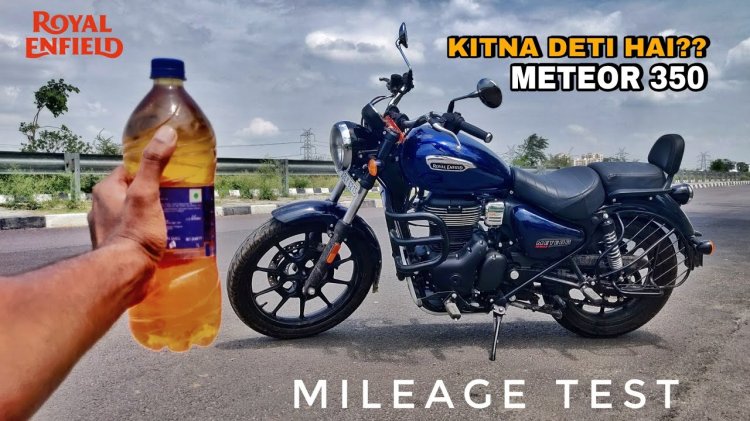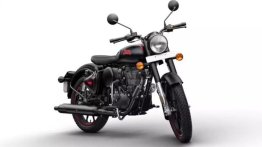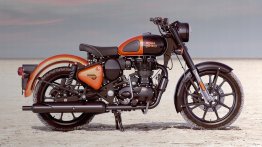The Meteor 350 is the latest offering from Royal Enfield in the Indian market, replacing the ageing Thunderbird in their lineup. The Meteor 350 motorcycle is underpinned by an all-new platform and an all-new engine. Being India, any new vehicle launch has one big question that has to be answered first, “Kitna Deti Hai?”. Today we came across this video that asks the very question for the new Meteor 350.
Also Read- Royal Enfield Meteor with Belt Drive & Interceptor Engine Rendered
The video has been uploaded by Suraj Verma on YouTube. The video starts with a litre of petrol being filled in the empty tank of the Royal Enfield Meteor 350. After resetting the trip meter, the fuel economy test commences. The vlogger is riding the Meteor 350 for the first time and immediately notices the higher refinement levels compared to the Thunderbird 350 and even the Classic 350. The other thing he notices is that the Meteor 350 is currently the only 350 cc motorcycle from RE that features a fuel gauge.
Even after riding it aggressively, the Royal Enfield Meteor 350 returned a fuel economy figure of 36.8 kmpl. It could have been even more fuel-efficient had the vlogger not ridden it at speeds of around 100 kmph. This is a very respectable figure considering the size of the engine and is actually a slightly better economy figure than its competitors, the Jawa and the Honda H’ness. Furthermore, the vlogger found the Meteor 350 to be more comfortable than its rivals but prefers the others in terms of performance.

Also Read: Can Royal Enfield Meteor 350 Beat Classic 350 in Top-End Drag Race?
The Royal Enfield Meteor 350 is priced between Rs 1.84 lakh - Rs 1.99 lakh, ex-showroom. It is powered by a 349cc air-cooled engine that produces 21 PS and 27 Nm of max power and torque figures. The engine is mated to a 5-speed manual transmission. In other news, Royal Enfield will be launching the new Classic 350 in India soon. It will retain the current design but will be underpinned by the new platform and use the same powertrain as the Meteor 350.
For more such interesting stories, keep checking IndianAutosBlog.com.
















